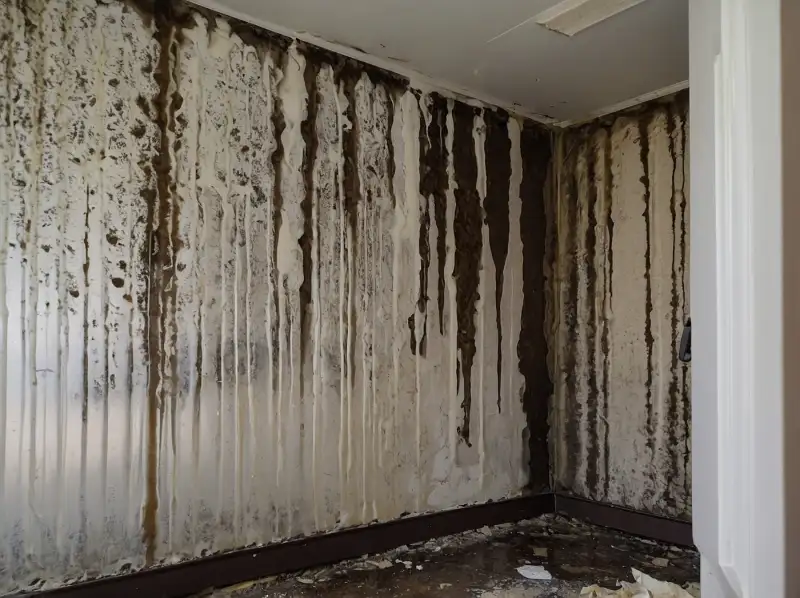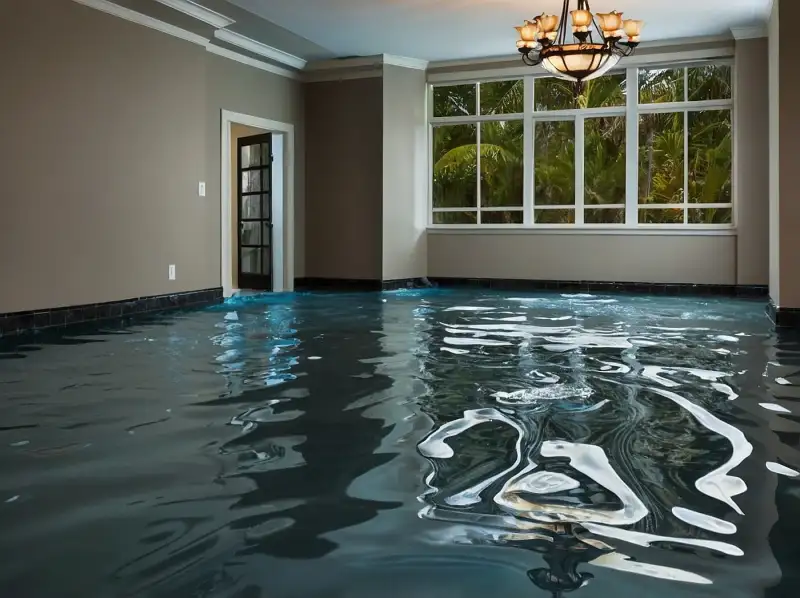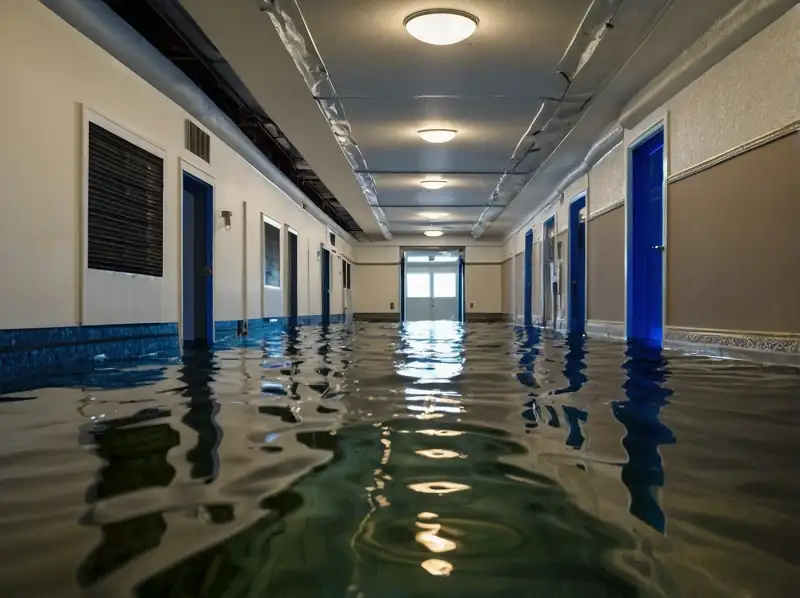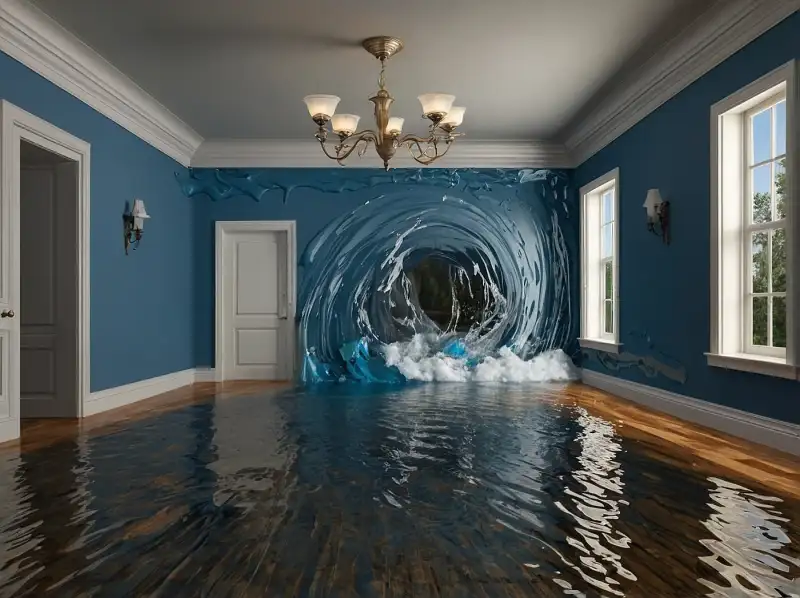
28
Aug
Comprehensive Mold Remediation in Pinellas County: Your Guide
Mold is an unwelcome guest in many homes across Pinellas County, often thriving in the humid conditions typical of our beautiful region. If you’ve ever experienced the musty smell of mold or noticed dark spots on your walls, you know how important it is to address the issue promptly. In this guide, we’ll dive deep into the nitty-gritty of mold remediation, providing you with actionable steps to reclaim your space and ensure a healthy environment for your family.
Understanding Mold Growth in Pinellas County
Mold spores float through the air, waiting for the right conditions to settle and grow. In Pinellas County, the warm, humid climate makes it a prime location for mold growth. Common areas where mold can thrive include:
- Bathrooms
- Basements
- Under sinks
- Behind walls
Understanding these environments is crucial for effective mold remediation.
Signs of Mold Infestation
So, how do you know if you have a mold problem? Here are some signs to look out for:
- Visible Mold: Any discoloration on walls, ceilings, or floorboards.
- Musty Odor: A persistent smell that can indicate hidden mold.
- Health Symptoms: Allergies, respiratory issues, or skin irritations that worsen indoors.
If you notice any of these signs, it’s time to act. You can contact our restoration experts for a thorough inspection.
Steps for Effective Mold Remediation
Once you’ve confirmed a mold issue, follow these steps for effective remediation:
1. Identify the Source of Moisture
Mold thrives in damp environments, so it’s essential to find out where the moisture is coming from. This could be due to:
- Leaky pipes
- Roof leaks
- Poor ventilation
Addressing the moisture issue is crucial before proceeding with mold removal.
2. Contain the Mold
To prevent spores from spreading, seal off the affected area. Use plastic sheeting to cover doorways and vents. This is especially important in multi-story homes or areas with high air circulation.
3. Remove Contaminated Materials
Items such as drywall, carpets, and upholstery that cannot be adequately cleaned should be disposed of. Always wear protective gear, including gloves, masks, and goggles, when handling contaminated materials.
4. Clean and Disinfect
For surfaces that can be salvaged, use a mixture of water and detergent or a commercial mold removal product. Be sure to follow the manufacturer’s instructions for safe use. After cleaning, disinfect the area with a solution of one cup of bleach to a gallon of water, if safe for the material.
5. Dry the Area Thoroughly
Use fans, dehumidifiers, or natural ventilation to dry the affected area completely. Keeping humidity levels below 60% is key to preventing mold recurrence. Consider investing in a hygrometer to monitor indoor humidity.
Preventing Future Mold Growth
Once you’ve remediated the mold, it’s essential to take steps to prevent it from returning. Here’s how:
- Regularly check for leaks and repair them immediately.
- Ensure proper ventilation in high-moisture areas like bathrooms and kitchens.
- Use mold-resistant products during renovations.
By taking these proactive measures, you can help protect your home from future mold problems.
When to Call in the Professionals
Sometimes, mold issues can be beyond the scope of DIY solutions. If you find extensive mold growth or persistent moisture problems, it’s wise to reach our water damage experts. Our team is equipped with the knowledge and tools to handle complex mold remediation projects efficiently and safely.
Conclusion
Mold remediation is a critical aspect of maintaining a healthy home environment in Pinellas County. With the right knowledge and tools, you can tackle mold issues effectively. Remember, whether you’re facing minor mold spots or extensive growth, our restoration experts are here to help. Don’t hesitate to contact our restoration team for immediate assistance and to ensure your home remains a safe haven for your family.



